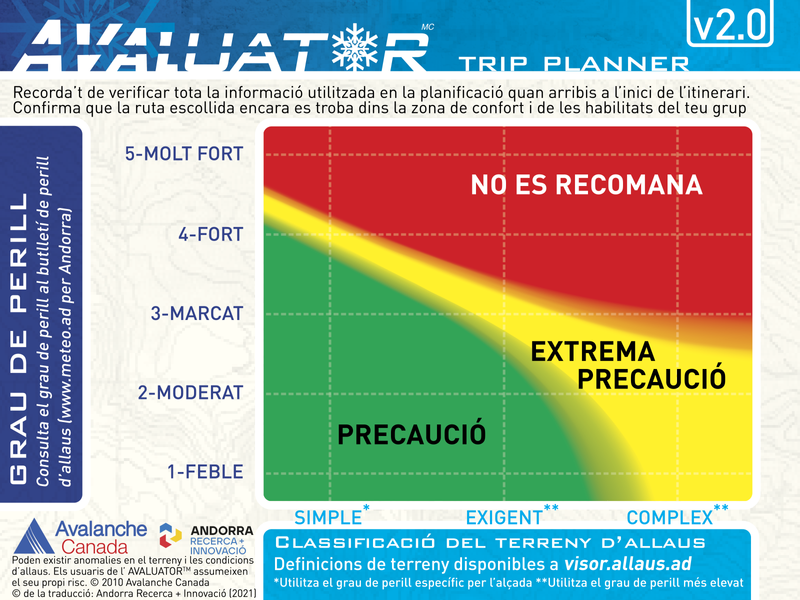Itinerari del bosc protector
General Description
En aquest itinerari podràs observar com canvia la vegetació de la zona solana a l’obaga. Has pensat mai què passaria si aquest bosc no existís? A Andorra, pràcticament la meitat de la superfície del territori està formada per boscos. Boscos que ens proveeixen de fusta i fruits, que són la casa d’animals i vegetals, però que també ens protegeixen d’esllavissades i allaus. La funció dels boscos protectors per evitar el moviment del mantell nival, i el desencadenament d’allaus, està condicionada per les característiques de la seva massa forestal: la seva estructura, densitat i les espècies que l’integren. Els boscos es troben en constant transformació: l’arbre que avui veus, pot haver caigut demà. Nous arbres neixen cada dia, però també se’n talen i moren. La funció protectora dels boscos varia, evoluciona i pot desaparèixer amb el temps. T’has preguntat què passaria si en comptes dels boscos que veus en aquest recorregut, la superfície fos llisa? A La Massana comptem amb diferents extensions de boscos protectors, formades en gran part per pi negre en estatges subalpins i per pi roig en l’estatge montà. A dins dels boscos s’acumula menys neu, l’acció de la radiació solar també és menor i la rugositat del terreny que creen els arbres vius i morts afavoreix la fixació del mantell nival. Paral·lelament aquest tipus de boscos permeten la conservació d’espècies de fauna singular. Completa el repte Cub a Cub de la Massana amb la informació que trobaràs als cubs del camí.


 Routes and points of interest
Routes and points of interest  Agenda and events
Agenda and events  Online Store
Online Store  Information of Interest
Information of Interest  contact
contact 










